The First 6 Things Parents Should Know about Learning Disability
When we hear that our child might or does have a learning disability, most parents react with shock. And then we start asking the teachers questions. Unfortunately, teachers aren’t trained to be experts in all different types of learning disability. And even the people who test children aren’t the best people to ask. So who do we ask? And, just as important: what do we ask?
Here’s some information that everybody should know, whether or not they have a child with learning differences.
1. What’s a Learning Disability?
A learning disability (sometimes called learning difference, or LD) means that it’s somehow difficult for your child to learn and thrive in a typical school setting.
We see LDs at every socioeconomic level. LDs are seen in all types of people, and aren’t caused by parenting.
Often, children with LDs have normal or higher intelligence, and are bright, happy children — until they start school and discover that they have problems learning. Learning disabilities are unexpected because a very bright child might simply think or learn differently. Here’s how to check if your child has an LD.
Learning disabilities are neurobiological. People with LDs learn differently because of how their brains grow or function. When a child has an LD, most often they have differences with how their brain:
Receives input or processes information,
Stores and retrieves information,
Gets information out to the world, or
Focuses and pays attention
How children are educated has a big part in defining what makes an LD. Many children with LD are a bit slow to develop fine motor skills, and have difficulty with memorization and handwriting. The push to teach academic subjects in preschool and Kindergarten can be an exercise in failure for these children, as described in Kindergarten Challenges for Children with Learning Disabilities.
Adults with learning disabilities often describe their early school years as being the worst in their lives. As young children, they weren’t able to advocate for themselves, or seek work-arounds for things that they just couldn’t do, and often, teachers or parents would suspect that slow, sloppy, or poorly done work was deliberate.
2. A Surprising Number of Children Have Brains that Learn Differently
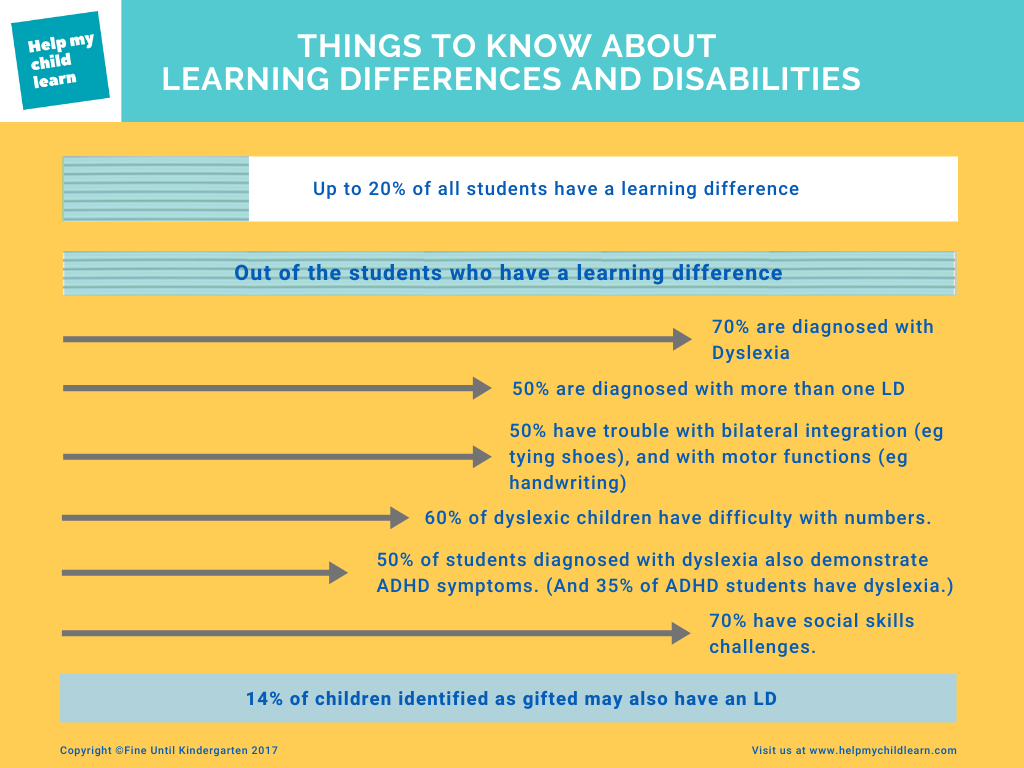
From 8% to 20% of any group of people probably have some form of learning difference. Think about that for a minute. As an adult, do you know people who say that they hate math? Who avoid reading? Who dictate instead of write? Many successful people in the world have found pathways that let them avoid their learning differences, and today’s tools on the iPhone minimize many learning disabilities. You probably know many people with learning differences, without even knowing.
Dyslexia is the most prominent form of learning difference. Up to 80% of children who have problems learning to read and adults with poor reading skills are most likely dyslexic. Dyslexia is also called an “language-based learning disability.”
If you have one learning disability, there’s a chance that you may have symptoms for another disability. That’s because people are unique, and the diagnoses are simply groups of weaknesses. About 50% of people with one LD will be diagnosed with one or more additional disorders. This has a tendency to scare parents, but what it really means is that (for example), if your child’s brain has problems with symbol recognition, that problem might affect their ability to do math as well as reading.
Up to 14% of children who are identified as intellectually gifted may also have an LD. These children are referred to as 2e in literature.
Many children whose brains learn differently take significantly longer to mature. This can affect their sensory development, social skills, and emotional maturity.
3. Different Types of Learning Disability Challenges Can Overlap
No two people are alike, and neither are two brains. Often, children with learning disabilities have several different problems which can overlap, making it difficult to tease out why it’s hard for your child to learn. These are the most common learning disabilities.
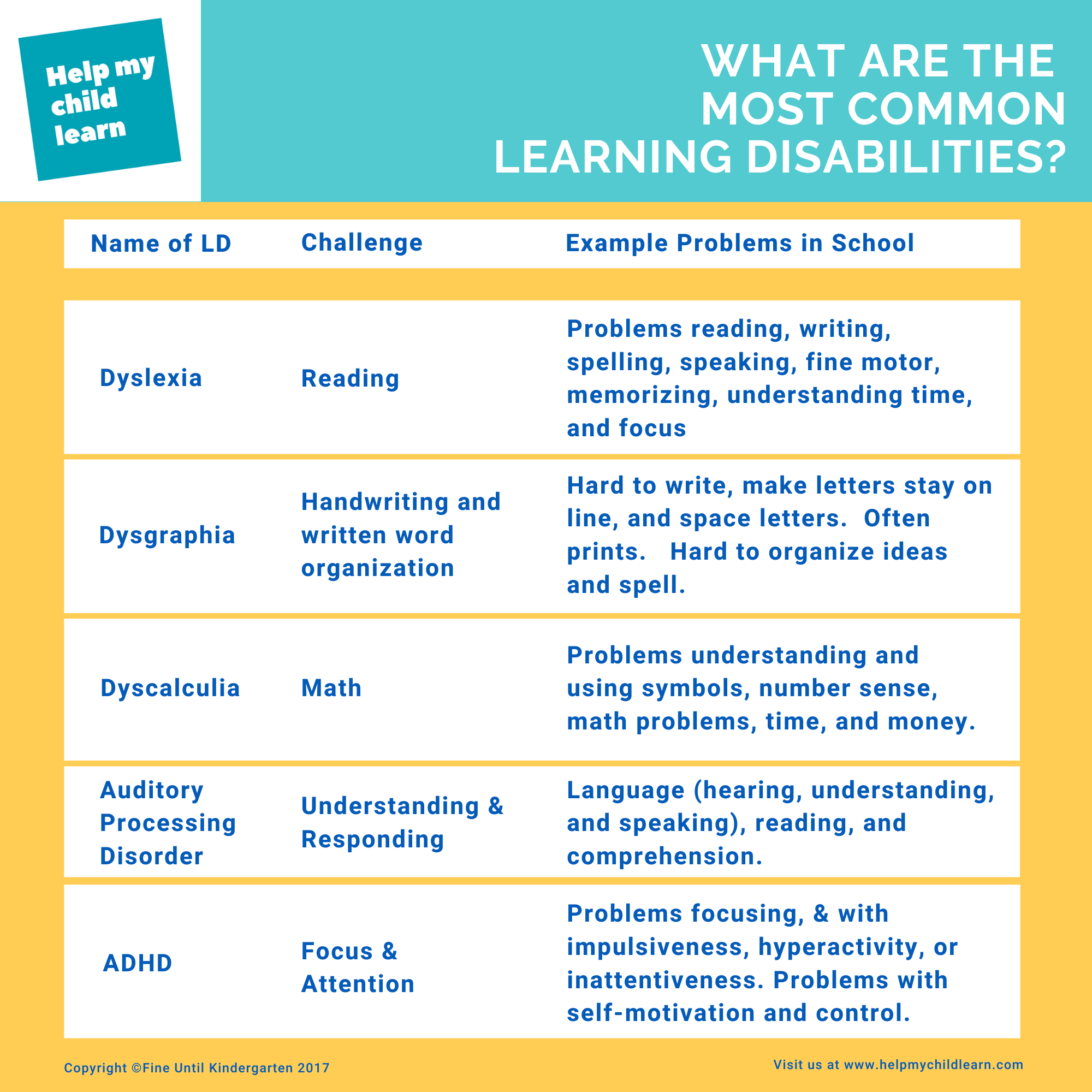
Other Problems that Can Make Learning Difficult
Here are some of the other problems which can make learning hard.
Memory Problems
Can affect either long-term or short-term (working) memory. Children with working memory problems have trouble holding a question in their brain while turning a page or looking for answers. Sometimes they learn, then immediately forget. Memory problems make it hard to memorize and retain even the simplest information, such as months, days of the week, birthday, telephone numbers, faces, letters. In their book “The Mislabeled Child,” Dr. Brock and Dr. Fernette Eide explain the different types of working memory.
As Amazon Associates, we earn when you purchase qualifying purchases from Amazon.
Sensory Processing Disorder or Immature Sensory System
Problems standing, sitting, hearing, seeing, balance, and body sense. Child is bothered by sound, visual input, and by clothing, and ordinary activities, such as bathing and hair-combing. Children may have problems with emotional regulation, difficulty focusing, and trouble performing academic skills.
Processing Challenges
Processing problems can affect a child’s ability to accept input into the brain, understand it, act upon it, or produce output. Can affect the ability to decode and work upon visual, auditory, language, and/or memory information. Can affect reasoning, making it hard to multi-task, and causing the child to respond and work slowly. If a child has multiple types of processing problems, it can be difficult to use input to solve a problem and then write down the solution.
Executive Function Problems
Can affect organization, setting up goals, and getting things done. Includes trouble organizing thought and action and solving problems. Problems starting, sticking with, and finishing tasks. Can be tied with the ability to convert back and forth from concrete to abstract thought, or the ability to look at things and visualize them, whether it’s in the child’s mind, or as a task on a computer.
Social Skills Challenges
Many children (up to 75% of students with LD) have a hard time intuitively understanding the rules around social skills Their problems include understanding how to connect with others, poor communication skills, and defensiveness. If they have sensory integration challenges, they may have trouble with how close they stand to other children, being overly active, or speaking too loudly.
Nonverbal Learning Differences
Children with nonverbal learning differences have big gaps between their verbal abilities and their nonverbal abilities. They’re often diagnosed as ADHD to begin with, but have problems with social skills, poor visual, spatial, and organizational skills, and poor motor performance. NVLD children often have large vocabularies, good memories and retention, and they’re often very bright. NVLD challenges can include problems navigating at school, following multi-step directions, problems seeing the big picture, and difficulty comprehending unsaid or spatial information. They need to verbally label information in order to understand it.
Trouble with the Mechanics
Many of these learning differences can overlap, making it difficult for students to figure out the mechanics of doing things. Many times, children pick up “how to do this” by social osmosis — they can copy the kids around them, ask for directions, watch what other children are doing. Children who can’t pick up by social osmosis, or who have trouble with processes, memory, visualizing how to get things done, may need extra help in understanding steps to accomplish things, especially if it’s a complex process, or a process that integrates social, writing, and the computer. For this reason, it’s important to walk children through support tools and watch that they know how to use them.
Just Being Different
Some children are slow to mature, have brain areas that mature at different speeds, or their brains just work differently. This can include very gifted children, who often develop in individual fashions.
It can be tricky to diagnose different types of learning disability challenges. We can help. LDs can affect perception, processing, or the ability to produce schoolwork. They can also affect memory, focus, and the ability to organize. Auditory processing problems can look like focus problems, and focus problems can look like a bad attitude. And many of the learning disabilities are affected by the brain’s maturity.
It’s a good idea to start with your school, because federal law specifies that children with learning disabilities must receive testing and support.
4. Children with LDs Can and Do Succeed
It’s very difficult to have an LD, and it requires a lot of work. But as children develop, their ability to learn changes. Support, coupled with early remedial learning and/or therapies can have life-changing effects on LDs.
Some behaviors treated as weaknesses in school turn out to be strengths in the dynamic business world. There are many stories of LD children growing up to become CEOs, inventors, adventurers, teachers, actors, and people who make a difference in the world. Several books have been written, analyzing different thought patterns of dyslexics, and why they can bring value. A recent study reports that 38% of entrepreneurs are dyslexic, and many entrepreneurs talk about having ADHD.
Here’s a link to a discussion with Drs. Brock and Fernette Eide, authors of The Dyslexic Advantage Unlocking the Hidden Potential of the Dyslexic Brain. They talk about the four major strengths of dyslexia: spatial reasoning, interconnected reasoning, the ability to remember facts as experiences, and the ability to reason well in dynamic settings when the facts are incomplete or changing. The Eides have now created a website/community called Dyslexic Advantage.
There are hundreds of articles profiling successful dyslexics but the Yale Center for Dyslexia and Creativity have one of the best collections of success stories.
Here are just a few of the successful people who have talked about having different types of learning disability.
|
LD |
Who Has This LD? |
|
Dyslexia (reading) |
Richard Branson, Charles Schwab, Jamie Oliver, Kiera Knightley, Tim Tebow, Anderson Cooper |
|
Dysgraphia (handwriting) |
Agatha Christie, George Patton, Liv Tyler |
|
ADHD |
Justin Timberlake, Michael Phelps, Simone Biles, Zooey Deschanel, Britney Spears, Bill Gates |
|
Dyspraxia (motor skills) |
Daniel Radcliffe, Cara Delevingne |
|
Apraxia (speaking) |
Ronda Rousey |
|
Dyscalculia (math) |
Henry Winkler, Thomas Edison (possibly) |
In interviews, many of these people have said their LD challenges in grammar and middle school years were far more challenging than in their adult lives, where they could work around issues.
As you look around your own life, realize that many of the people you know and work with have some sort of LD—but you probably can’t tell. To the parent of a child who is coping with what looks like endless failures in the school system, the pressures are intense. It’s very important to realize that your neighbor has dyslexia, and the man across the hall has to use a calculator to do math.
5. Can LD Be Cured?
This is one of the first questions that parents have. And, if you type this question into an internet search, you’ll see a simple answer: No.
But in reality, the answer isn’t that simple. “Can LD be cured?” is the wrong question.
In 2019, we have now learned more about brains, education, and different types of learning disability. It’s time to change the language and concept. It’s a bad idea to think or talk about your child’s developing brain or the fact that your child learns differently as something that needs to be “cured.” It’s bad for your child, and it’s incorrect. Your child’s brain—like all of our brains—is unique, with value in the world. Many people have found great success with brains that don’t fit easily into the educational system. So let’s re-phrase the question:
How Can We Help Children with LD to Learn and Succeed?
Learning differences are complex, and helping a child with an LD is an individualized affair. It’s tied to three main things:
- Your child’s challenges,
- Your child’s level of brain maturity and development, and
- How the educational system works with your child.
Your child’s personality, emotional state, and interests can make a big difference on learning and success as well.
It used to be that if a child received an LD diagnosis, the parents were coached to lower their expectations. Accommodation was the only approach. Some doctors still think this way. What we are now learning, however, is that “just accommodate, because it won’t get any better” is not the only thing you can do if your child is diagnosed with an LD.
Even just a few years ago, parents were typically told that their child had a specific disorder, and that was the end of things. But parents are now starting to understand that a LD diagnosis is a collection of cognitive weaknesses. Different therapies can increase a child’s abilities by strengthening cognitive weaknesses, and brain maturity will change abilities as well.
6. Sometimes the Big Picture is More Important than Second Grade
As the parent of a child with LD, you will encounter many experts and specialists. They will all have a lot of training — in their particular silos, or areas. As do your child’s teachers. But when you’re listening to a whole group of people issue dire predictions about your kid, it’s time to pause.
Know this: people whose brains work a little differently have a huge place in our society. They’re brilliant, funny, creative, hard-working, and some of them are very, very successful.
The way that our system treats different thinkers is ineffective and ignorant. But our system is a system that was created to school everyone the same. And if your child doesn’t fit in, it’s painful.
The average first or second grade teacher cannot predict what will happen with your child. And they also cannot predict how your child will do if given special dyslexic training and curriculum. Do you know who can talk about what a child like yours will do? Other parents. Find them. Look for parents whose children sound just like yours, whether they have the same or different types of learning disability. Figure out out what they did to help them, and what worked.
Live your own life, and make sure that your child feeds both their root and their crown. Love, life, responsibility and accomplishments at the root, and learning to respect, to listen, to be interested in, and to learn at the crown. Develop your own story, your own path, and protect your young learner the whole way to maturity.
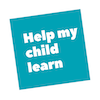

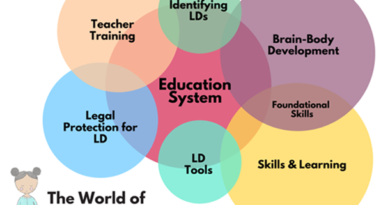



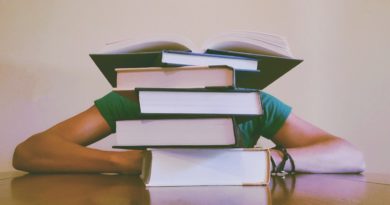



Pingback: Pathway Through the Educational System - Help My Child Learn
Pingback: Understand Your Child's LD Diagnosis - Help My Child Learn